Safety Tips for Handling Parrots
Updated on 04/26/24
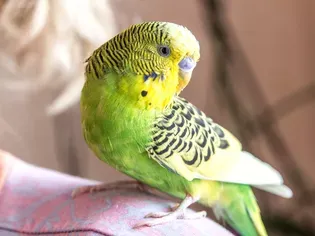
Headline: Unlocking the Secrets of Parrot Safety: A Comprehensive Guide for Exceptional Care
Introduction:
Embarking on the extraordinary journey of parrot ownership brings immense joy and companionship. However, ensuring the well-being and safety of these captivating creatures is paramount. This comprehensive blog post will delve into an array of essential safety tips, empowering you to create a harmonious and secure environment for your beloved parrot.
Section 1: The Importance of Proper Handling
Handling parrots requires utmost care and precision. Improper techniques can lead to injuries, stress, or even fear-based aggression. The following guidelines provide a solid foundation for safe handling:
- Use a gentle and secure grip: Approach your parrot calmly and use both hands to form a U-shape around its body. Avoid squeezing or applying unnecessary pressure.
- Support the chest and legs: Ensure that your parrot's chest and legs are adequately supported throughout the handling process. This prevents any discomfort or injury from sudden movements.
- Approach slowly and avoid startling: Parrots are sensitive to sudden movements and noises. Approach them gradually, talking in a soothing voice to minimize stress.
Section 2: Cage Safety Essentials
The cage serves as your parrot's safe haven. Ensuring its safety is crucial to their overall well-being. Consider the following:
- Appropriate cage size: The cage should provide ample space for your parrot to move, spread its wings, and engage in natural behaviors.
- Bar spacing: The distance between the bars should be narrow enough to prevent your parrot from escaping or getting its head or body trapped.
- Sturdy construction: Choose a cage made of durable materials that can withstand strong beak action and prevent chewing.
- Secure door: Ensure that the cage door is well-designed and latches securely to prevent accidental openings.
Section 3: Nutrition and Food Safety
A balanced and nutritious diet is fundamental to parrot health. However, certain foods can pose safety risks. Be vigilant about:
- Avocados: Avocados contain persin, a toxin that can be fatal to parrots.
- Chocolate: Theobromine found in chocolate is toxic to birds.
- Onions and garlic: These vegetables can cause digestive issues and anemia in parrots.
- Alcohol: Alcohol is extremely toxic to birds.
Section 4: Sanitation and Hygiene
Maintaining a clean and sanitary environment is crucial for parrot health. Pay attention to the following:
- Regular cage cleaning: Clean your parrot's cage thoroughly on a regular basis to prevent the accumulation of bacteria and parasites.
- Fresh water: Provide your parrot with a constant supply of clean, filtered water.
- Cage disinfection: Occasionally disinfect your parrot's cage with a bird-safe disinfectant to eliminate germs and bacteria.
- Bathing: Regular bathing helps keep your parrot's feathers clean and prevents skin irritation.
Section 5: Safe Interaction
Interaction with your parrot should be mutually enjoyable and stress-free. Follow these tips:
- Respect boundaries: Observe your parrot's body language. If it displays signs of discomfort or aggression, back off and give it some space.
- Avoid loud noises: Parrots are highly sensitive to loud noises. Keep music and other sounds at a moderate level.
- Supervise children: Children should always be supervised when interacting with parrots. Teach them proper handling techniques and the importance of respecting the bird's space.
- Quarantine new birds: If you bring a new bird into your home, quarantine it for at least 30 days to prevent the spread of diseases.
Conclusion:
By implementing these safety tips, you can create a safe and nurturing environment for your parrot. Remember, proper handling, cage safety, nutrition, hygiene, and mindful interaction are key to ensuring the well-being and longevity of your beloved companion. As you embark on this extraordinary journey together, may your bond be filled with joy, trust, and enduring companionship.
Explore More Pets
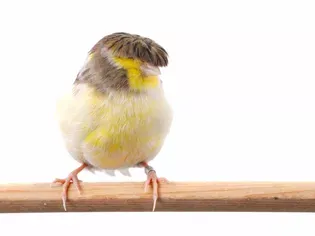
Small Bird Breeds
Gloster Canary: Bird Species Profile

Small Bird Breeds
Java Finch: Bird Species Profile
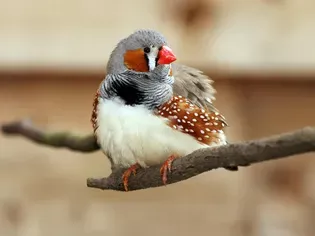
Small Bird Breeds
Zebra Finch (Chestnut-Eared Finch): Bird Species Profile
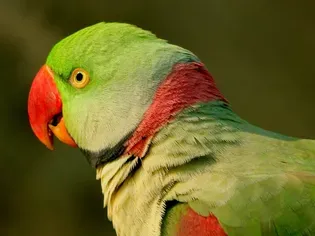
Small Bird Breeds
Alexandrine Parakeet: Species Characteristics & Care
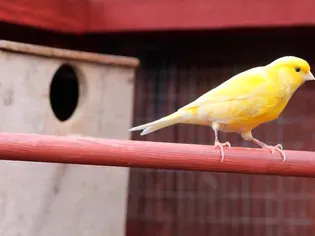
Small Bird Breeds
Canary: Bird Species Profile
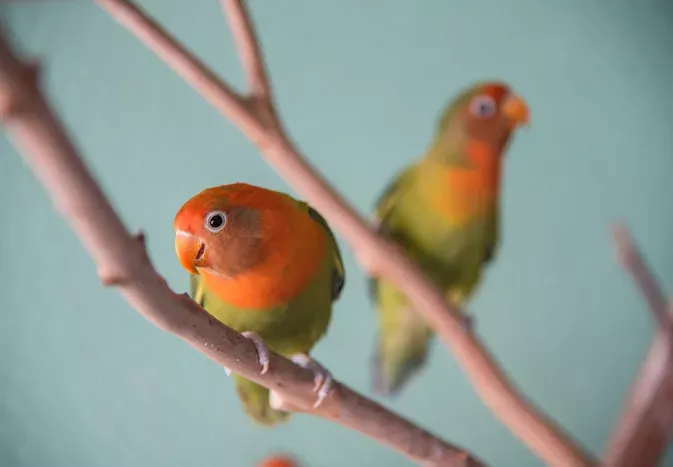
Small Bird Breeds
Lovebird (Pocket Parrot) Species Profile
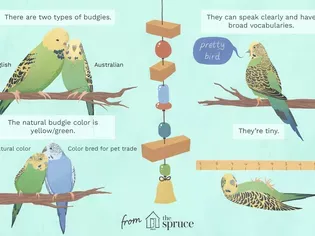
Small Bird Breeds
A Guide to Pet Budgie Birds
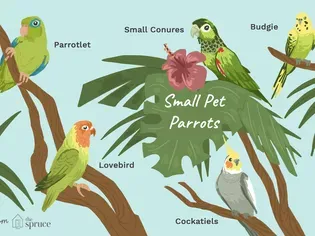
Small Bird Breeds
Types of Small Parrots